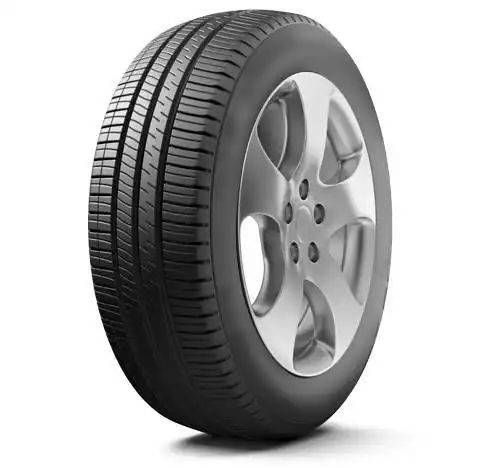Why Is Supply Chain Vital for Tire Manipulator Market 2025?

The Tire Manipulator Market 2025 is set for robust growth, propelled by automation demands in tire handling across automotive, mining, and construction sectors. Tire manipulators, specialized robotic or hydraulic systems for mounting and dismounting large tires, enhance safety and efficiency in industries reliant on heavy machinery. The market is projected to grow at a CAGR of 6.2% from 2024 to 2030, reaching $450 million by 2030. However, global trade dynamics, including tariffs and supply chain constraints, pose challenges to this upward trajectory.
Recent U.S. tariffs, such as the 10% import duty introduced in April 2025, elevate costs for tire manipulator components sourced from Asia and Europe. These tariffs, intended to bolster domestic manufacturing, pressure companies to localize production or absorb higher costs, impacting pricing in the Tire Manipulator Market 2025. For instance, Chinese exporters, who dominate low-cost manipulator production, face increased duties, prompting manufacturers to explore North American or ASEAN suppliers under trade agreements like USMCA or RCEP. This shift reflects a broader trend toward supply chain diversification to counter geopolitical risks.
National policies further influence the market. The EU’s Green Deal emphasizes sustainable manufacturing, pushing Tire Manipulator Market 2025 players to adopt energy-efficient systems. In contrast, China’s “Made in China 2025” initiative supports automation, boosting domestic manipulator production. India’s infrastructure boom, with $1.4 trillion in projects planned by 2025, drives demand for manipulators in construction and mining, where large OTR tires are prevalent. These policies create opportunities but also compliance burdens, particularly for smaller firms navigating varied regulations.
Supply chain disruptions remain a critical concern. The 2024 Red Sea shipping crisis, triggered by Houthi attacks, delayed component deliveries, raising logistics costs by 15%. In response, Tire Manipulator Market 2025 stakeholders are investing in regional hubs and digital supply chain tools to enhance resilience. Automation technologies, such as IoT-enabled manipulators, are gaining traction, with systems like AME International’s Easy Gripper handling tires up to 95 inches, reducing labor costs and downtime. However, high upfront costs for advanced systems limit adoption among smaller enterprises.
Global trade tensions and tariff policies will likely spark discussions in 2025, as end-users face rising equipment costs. The Tire Manipulator Market 2025 thrives on innovation, with manufacturers integrating AI for predictive maintenance and ergonomic designs for worker safety. Strategic sourcing and policy alignment will be key to sustaining growth in this evolving landscape.
FAQs
Q: What drives the Tire Manipulator Market 2025 growth?
A: Automation demand in automotive, mining, and construction, plus safety and efficiency needs, fuel market expansion.
Q: How do tariffs impact the Tire Manipulator Market 2025?
A: U.S. 10% tariffs raise component costs, pushing firms to localize production or source from trade-friendly regions.
Q: Why are supply chains crucial for the Tire Manipulator Market 2025?
A: Disruptions like Red Sea delays increase costs, prompting regional sourcing and digital tools for resilience.
Q: Which regions are hotspots for the Tire Manipulator Market 2025?
A: India, China, and North America lead due to infrastructure projects, automation policies, and trade agreements.
Q: How do policies shape the Tire Manipulator Market 2025?
A: EU’s sustainability rules and China’s automation push drive innovation, while compliance costs challenge smaller firms.

